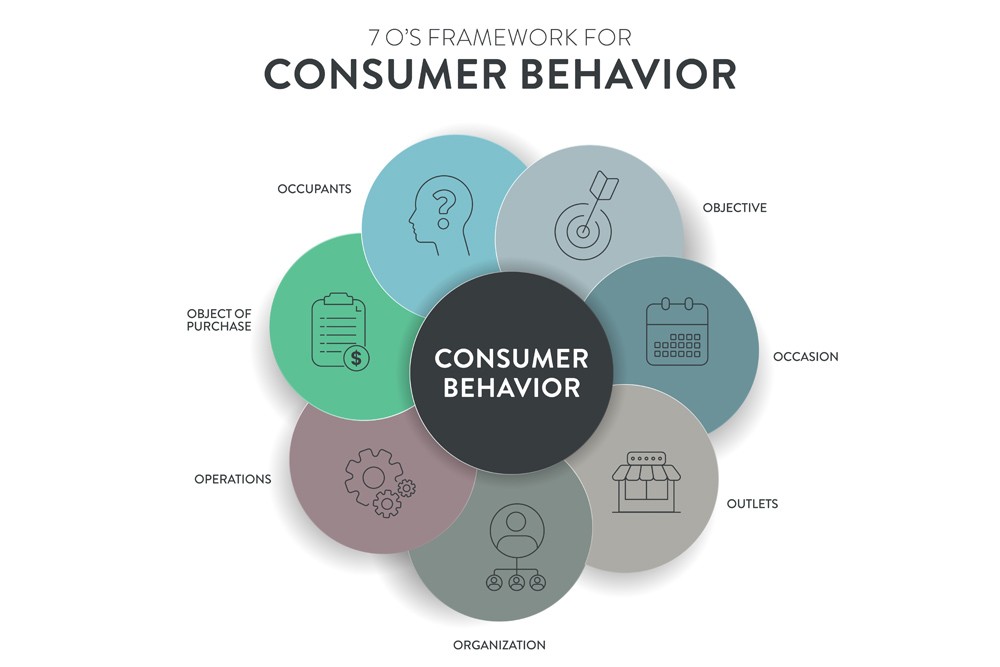How Does Cognitive Dissonance Arise in Social Media Marketing, and How Can Marketers Navigate It?
Social media has transformed the way brands interact with consumers, offering a powerful platform for building relationships and promoting products. However, with this increased interaction comes the challenge of managing cognitive dissonance—a psychological phenomenon that occurs when consumers experience conflicting thoughts or feelings about a brand. In social media marketing,…
Read More
How Does the Law of Least Effort Shape Consumer Behavior in a World of Information Overload?
In an era of constant connectivity and information overload, consumers are bombarded with choices at every turn. The Law of Least Effort, a principle grounded in psychology, explains that people naturally gravitate toward options that require the least amount of mental or physical exertion. This principle has significant implications for…
Read More
How Can Marketers Use the Law of Least Effort to Streamline the Customer Journey?
In today’s fast-paced world, customers crave simplicity. The Law of Least Effort, a principle rooted in behavioral psychology, suggests that people naturally gravitate toward paths that require the least amount of physical or mental energy. For marketers, this means that every interaction within the customer journey should be as streamlined…
Read More
How Can Marketers Use Optimal Stopping to Determine When to Stop and Optimize Their Digital Advertising Campaigns?
Digital advertising campaigns require constant monitoring and adjustment to ensure effectiveness. But how do you know when to stop a campaign or switch strategies to optimize performance? This is where the concept of “optimal stopping” comes into play. Originating from mathematics and decision theory, optimal stopping helps marketers determine the…
Read More










